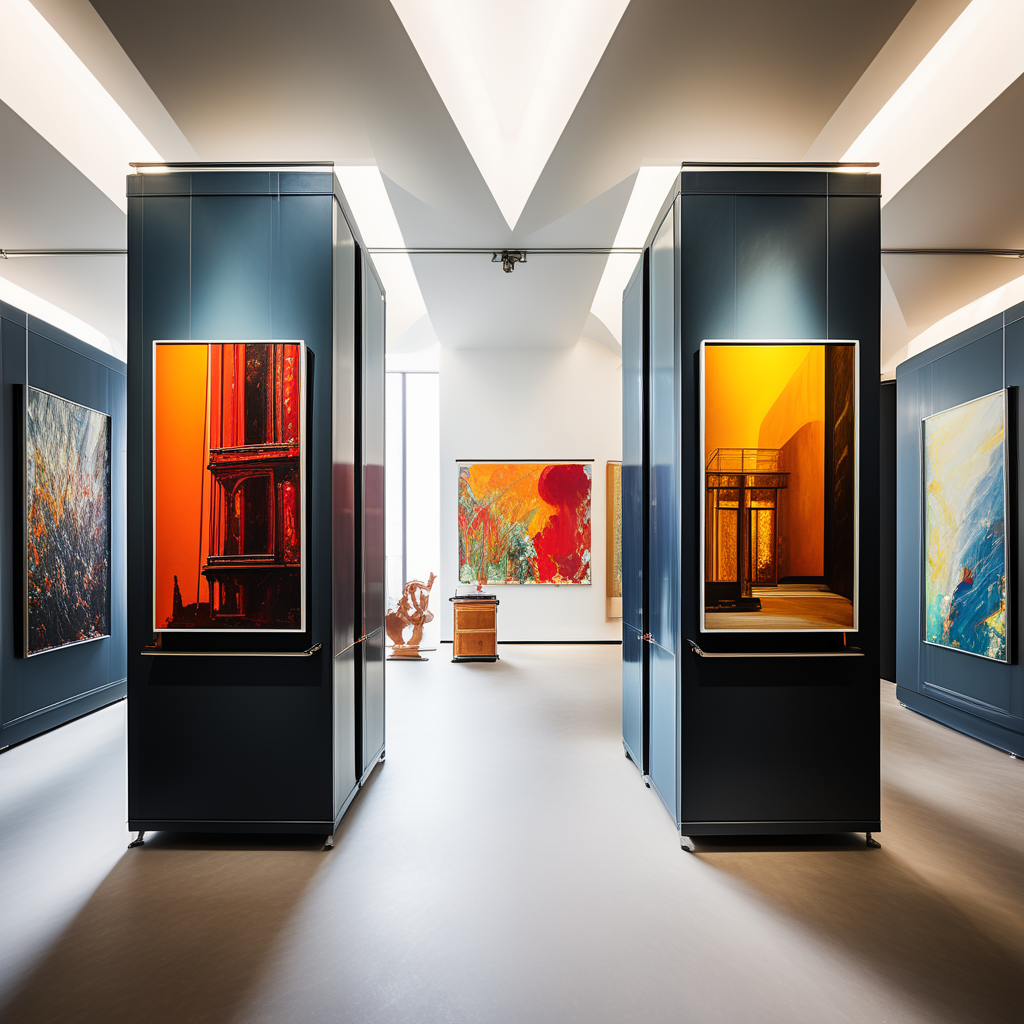Did you know the British Museum displays only 1% of its entire museum collection? That means that the rest of the priceless works of art and artifacts are kept in storage where only a limited portion of people can access them. Museums of that size often require additional storage space, so they opt for the help of off-site art storage facilities. On the other hand, smaller institutions often have to make use of the resources they have on hand. Have you ever wondered, “What does the storage of an art museum look like?” Read this blog post to learn more about the part of the art world that is hidden from the public eye.
What Does the Storage of an Art Museum Look Like? A Mystery Unveiled
Once you enter a museum’s art storage space, you will notice it is incredibly organized. You will never see stray works of art lying on floors or leaning on walls. Indeed, the purpose of museum art storage is to keep things in order so they can be easily accessed for exhibitions and maintenance.
The design of an art storage facility may differ to some extent from one institution to another, but they all have to meet certain requirements. For example, all fine art storage spaces must be climate-controlled, so monitoring humidity levels and temperature inside the facility is imperative. The safety of the art collection will be at risk if these vital factors are not accounted for. Fine art is extremely sensitive to moisture and temperature fluctuations, and each type of artwork has its special needs.
Often, museum art storage is separated into several sections. First, framed works of art are hung on special art racks that can be moved in and out or back and forth to optimize storage space.
Second, cases are used to store unframed works on paper. All paper-based pieces must be lined with dividers made from acid-free paper or cardboard to slow down the aging of the materials. Since cases are not usually see-through, they have to be carefully labeled.
Last but not least, sculptures and sculpture-like objects are stored on shelves in specially designed vaults. They also must be kept in climate-controlled vaults according to their mediums. For example, organic materials and metal should be stored separately from clay.
“What does the storage of an art museum look like?” is a question many museum-goers have. Hopefully, we have satisfied your hunger for knowledge at least a bit. If you want to learn more, you can visit a local museum offering guided tours of its storage facilities.
